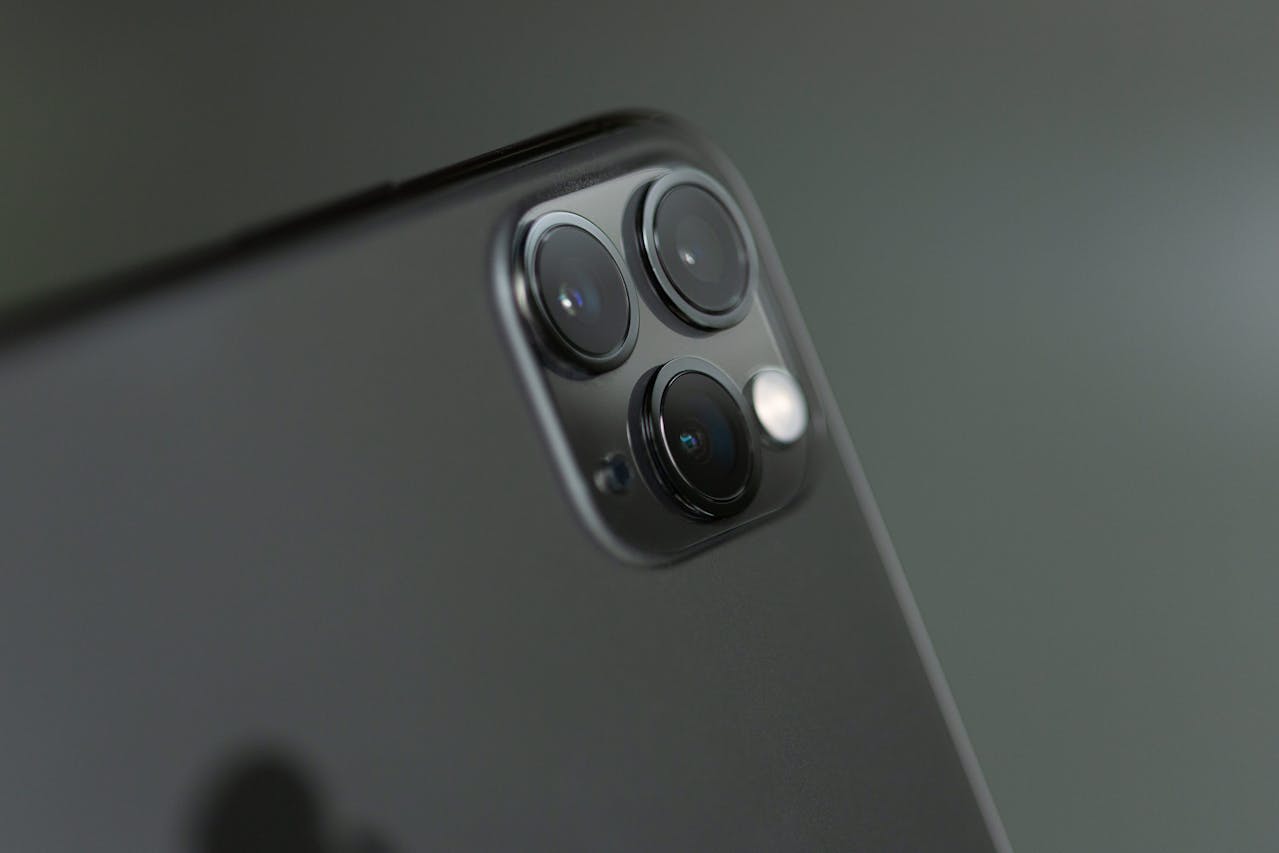Decoding the Potential of Telemedicine in Enhancing Healthcare Access
The first wave of telemedicine revolutionized the healthcare landscape, enabling doctors to provide care from a distance. Now, as we stand at the cusp of the next phase, it's time to explore how internet and telecom advancements can further augment this digital healthcare journey.

A Retrospective View of Telemedicine
Telemedicine’s inception dates back to the 1960s when NASA used it to monitor astronauts’ health in space. However, the real potential was unveiled only in the last decade, with the advent of the internet, smartphones, and advanced telecom services. These technological developments enabled real-time patient-doctor communication, remote patient monitoring, and electronic health records, radically transforming healthcare accessibility.
Current Industry Trends and Insights
Today, telemedicine is not just a niche segment but a mainstream healthcare delivery method. The COVID-19 pandemic further accelerated its adoption, with patients and doctors embracing it as a safe and convenient alternative. Moreover, regulatory changes, like the easing of HIPAA rules and insurance coverage for telemedicine services, have facilitated its broader acceptance.
Telemedicine’s Impact, Challenges, and Applications
Telemedicine’s impact is profound, extending healthcare reach to remote and underserved areas. It also facilitates timely interventions, reducing hospital admissions and healthcare costs. However, challenges persist, primarily related to technological infrastructure, data security, and user-friendliness.
Practical applications of telemedicine are diverse, ranging from chronic disease management and post-surgical follow-ups to mental health consultations and preventive care. Furthermore, innovative solutions like AI-powered symptom checkers and wearable health monitors are further expanding its scope.
Research-backed Facts and Figures
Research corroborates the growing significance of telemedicine. According to the American Telemedicine Association, over half of all U.S hospitals now use some form of telemedicine. Moreover, a study published in the Journal of Medical Internet Research indicates that telemedicine could potentially deliver over $100 billion in savings to the U.S healthcare system annually.
The Future Outlook: A Balance of Depth and Accessibility
As we move forward, telemedicine’s future seems promising. However, a balanced approach is crucial. While technological advancements must continue, it’s equally important to ensure these solutions are accessible and user-friendly. Furthermore, patient privacy and data security should remain at the forefront.
In conclusion, the telemedicine revolution is far from over. As internet and telecom technologies continue to evolve, they will undoubtedly open new avenues for enhancing healthcare accessibility and quality.




